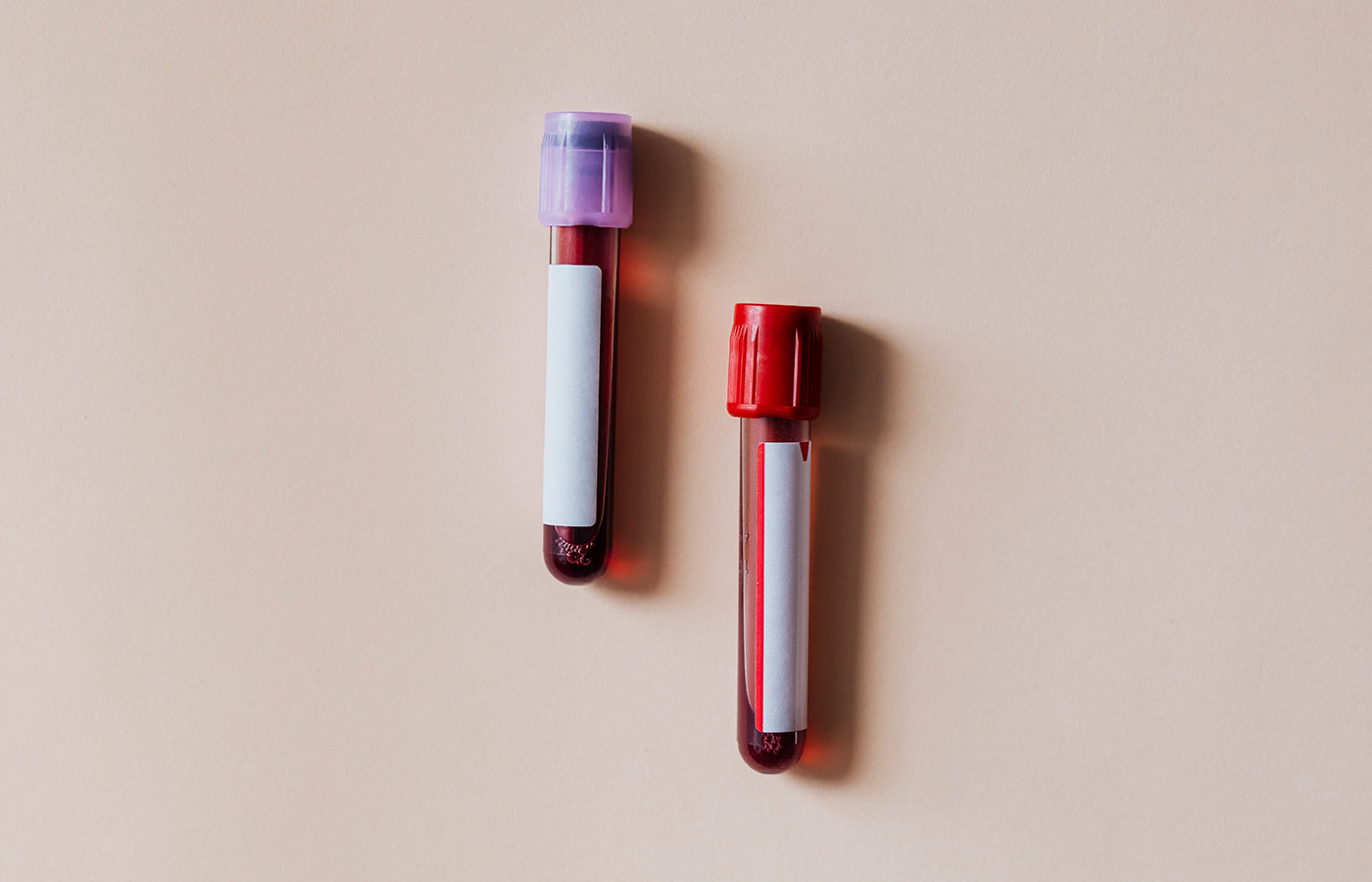Blood tests play a crucial role in assessing our health and the “normal” ranges serve as guideposts to signal when something might be amiss. Yet, when do we have blood tests? When we feel fabulous or when we feel lousy? Usually, it’s the latter. But let’s say we did have blood tests when we were at our best, most optimal level of health. Imagine we are 26 years old when this occurs and we get our thyroid hormones tested.
When we test our TSH we find out it is 1, fitting easily inside the normal range which tends to be 0.4 to 4. We also learn our T4 is 15, within the normal range of 10 to 20. These are our “normal”, or our own individual ideal. Then, when we are 42, we don’t feel like ourselves. The fatigue has become worse than ever, our clothes are tight despite no changes to how we eat or move, our skin is drier than previously, our hair and nails are somewhat brittle and we’re the first person in the room to put a jumper on – all classic signs that the thyroid may not be working as well as it could. So you have some blood tests to investigate.
You find out your TSH is 3 and your T4 is 11. You’re told your results are normal and that there’s nothing wrong with your thyroid function. Sure, they are in the normal range so it’s great news that you don’t have a thyroid disease. Yet your results are not normal for you. Your pituitary is having to make three times the amount of TSH it once did to get your thyroid to make 11 measly units of T4. Whereas, when you were 26, it only took 1 unit of TSH for your thyroid to generate 15 units of T4. It is as if the pituitary is having to shout at the thyroid (with 3 units of TSH) to wake up and make its hormones now, and it can only produce 11 units of T4 in response.
This is just one example of how relying solely on blood work can compromise overall wellbeing rather than optimise it and it is why I advocate for using the body’s symptoms as a guide alongside any blood work. If your results are within normal parameters but lingering near the edges of the reference ranges, you may be exhibiting some or many of the symptoms of those who fall outside of them. Our bodies are unique and respond differently to nutrient deficiencies or insufficiencies. All of this is to say that if you’ve had blood tests and been told everything is normal and yet you still feel as though something isn’t right – listen to your body and pursue answers and path forward.


